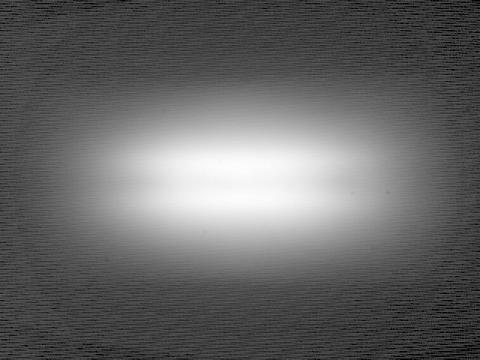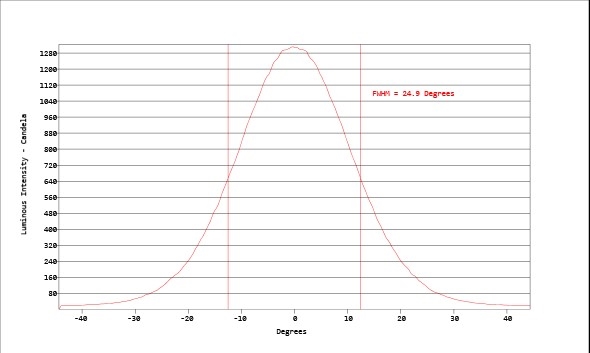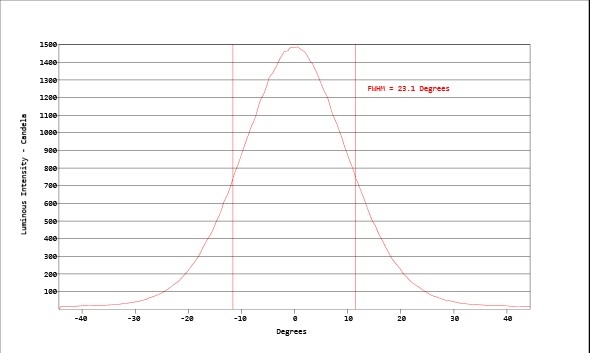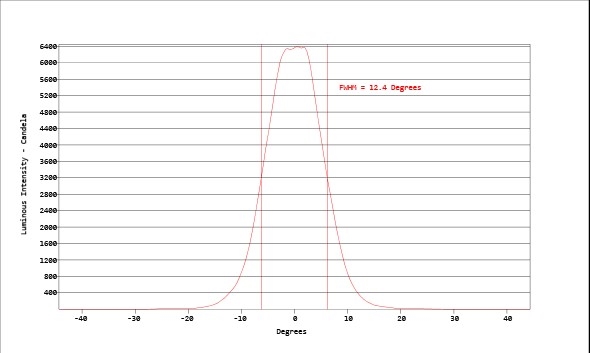Thank you for the input. I agree it's a waste if a lot of the light is outside of the target area, but for technical stuff I do like to see what is close to me as well. Having a lot of light directly in front of me will just blend, I agree. I need to experiment a bit I think how much light I want in front of me.
I have considered elliptical. Maybe one or two of the three would be a nice try. Carclo have one 30mm elliptical with FWHM: 45 X 19
Interesting what you say about de-dome. I haven't tried it nor thought so much about the oportunity.
What you say do make sence. Here is a comparison of the XHP35 HD and the XHP35 HI medium optics:
If I read this right we see that at the same total ouput (?) the HI have more light in the area we actually want the light to be. At 20 degrees the HI has 220 Cd and the HD 250 Cd. Max 1500 vs 1250. Rough numbers from the graphs, but just to illustrate. So less light around, but what about just going with a narrow optic then?
Good idea. My current helmet light weights 160g and isn't noticeable at all. I'll try to add 100g just to make a feel for it, but I think it won't be a problem. I usually use the lighter open helmet on the trails, but when riding in the park or at certain competitions I use the full face which weight over 1 kg so you could say I'm used to have some weight on my head.
Yes top mounting is the plan.
Wenn you have too much light directly in front of you your pupils get smaller. This means you will see less in the distance. See
here for an example.
When you have ~10.000 lumens there will be enough spill light even if you use large, tight optics and de-domed LEDs.
Also remember that the battery will get relatively big and heavy if you really want 10.000 lumens.
Please take a look a
this bikelight that somebody here in Germany built for himself. It does some of the things we talked about. He used three warm-white XM-L2 LEDs in combination with three medium-large (45mm) Gaggione optics. He used two horizontally orientated elliptical optics (
Gaggione LLC49E) for the wider light in the foreground and a normal, tight spot-optic (
Gaggione LLC49R) for things in the distance. He also
mounted the two elliptical optics at an off angle to the left and right (very smart!). For maximum usefulness he did not give all the LEDs the same current. The spot LED got 82% of total power (total power only 17W in
this beamshot). This creates a very balanced "carpet" of light in front of the bike.
If you want to improve his concept and make the light brighter you should add additional LEDs with spot optics and use small LEDs without a dome. I would try the XP-L HI. I would also go for a higher color temperature of 4000-5000K (depending on preference). I find it easier to concentrate during biking with these higher color temperatures. It will also make your light more efficient. I would refrain from going higher than 5000K since it makes everything in nature look "dead".
Regarding de-doming: if you have a given optic and compare the XP-L HD (or XM-L2) with the XP-L HI, the HI will give you a 50% smaller spot with ~90% more Intensity (Lux). Since you want as much lux as possible (within realistic size constraints) the XP-L HI will allow for a more efficient design.
Since you have so much power available you should also think about using de-domed XP-G2 LEDs instead of XP-L HI LEDs. They again have a 50% smaller spot and ~65% higher Intensity compared to the XP-L HI. The downside of the de-domed XP-G2 LEDs is that you might get a green tint (nasty side effect of de-doming) and they are a bit less efficient. The upside is that you can use smalle roptics and still get the same size spot as with the XP-L HI. You need to carefully think this through. I would probably go for the XP-L HIs though because of less hassle and a nicer tint.







